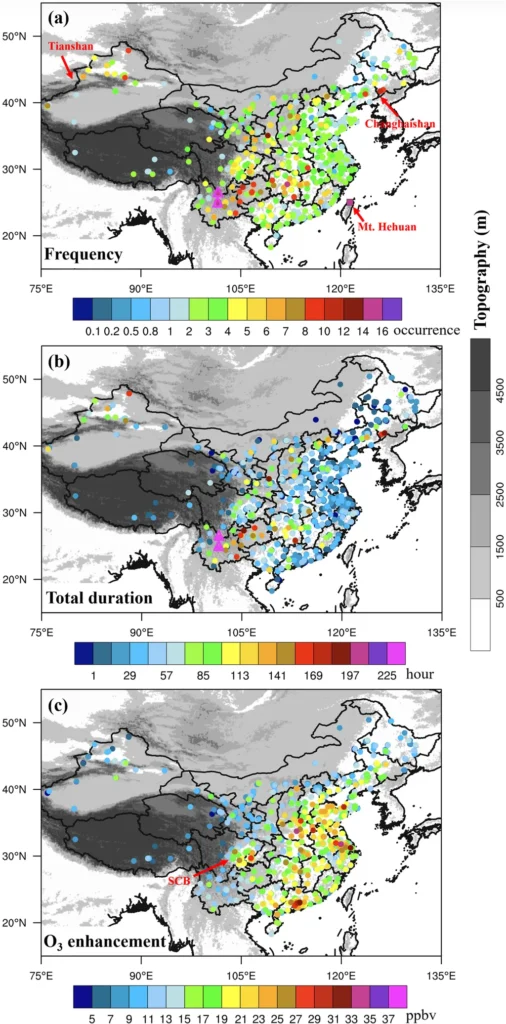In a significant study published in the journal *Atmospheric Chemistry and Physics* (translated from German as *Atmospheric Chemistry and Physics*), researchers from Tsinghua University have shed light on the impact of shipping emissions on ozone pollution in China. Led by Dr. Z. Luo from the State Key Laboratory of Regional Environment and Sustainability, the research underscores the growing importance of addressing emissions from the maritime sector as part of China’s broader air pollution control efforts.
The study, which spanned from 2016 to 2020, utilized a sophisticated framework combining chemical transport models with machine learning techniques to analyze the effects of shipping emissions on ozone (O₃) concentrations across China. The findings reveal that shipping emissions contribute to a nationwide increase in ozone levels by an average of 3.5 parts per billion (ppb) over the five-year period. However, this impact is not uniform, showing significant variations across different regions and seasons.
Dr. Luo emphasized the complexity of the issue, stating, “Although significant differences exist between the emissions of ocean vessels and inland vessels, their contributions to O₃ formation are becoming increasingly comparable.” This highlights the need for a nuanced approach to emission control strategies.
For the maritime industry, the study presents both challenges and opportunities. As China continues to implement its Clean Air Actions, the shipping sector is increasingly under scrutiny. The research suggests that solely targeting shipping emissions may not be sufficient to mitigate ozone pollution effectively. Instead, a coordinated effort involving both maritime and land-based anthropogenic sources is crucial.
This calls for innovative solutions and technologies within the maritime sector to reduce emissions. Companies that invest in cleaner technologies and sustainable practices may gain a competitive edge, aligning with regulatory requirements and contributing to improved air quality.
Dr. Luo further noted, “Coordinated reductions targeting both shipping and land-based anthropogenic sources, along with region-specific and targeted emission control strategies, are critical for achieving substantial improvements in O₃ pollution mitigation.” This underscores the importance of collaboration and strategic planning within the maritime industry to address environmental challenges effectively.
As the maritime sector navigates these regulatory and environmental landscapes, the findings from this study serve as a valuable guide. By understanding the specific impacts of shipping emissions on ozone pollution, stakeholders can make informed decisions that balance commercial interests with environmental responsibility.
In summary, the research published in *Atmospheric Chemistry and Physics* provides a comprehensive analysis of the role of shipping emissions in ozone pollution, offering insights that are crucial for the maritime industry. As China continues to prioritize air quality improvements, the maritime sector must adapt and innovate to meet these evolving challenges and opportunities.

